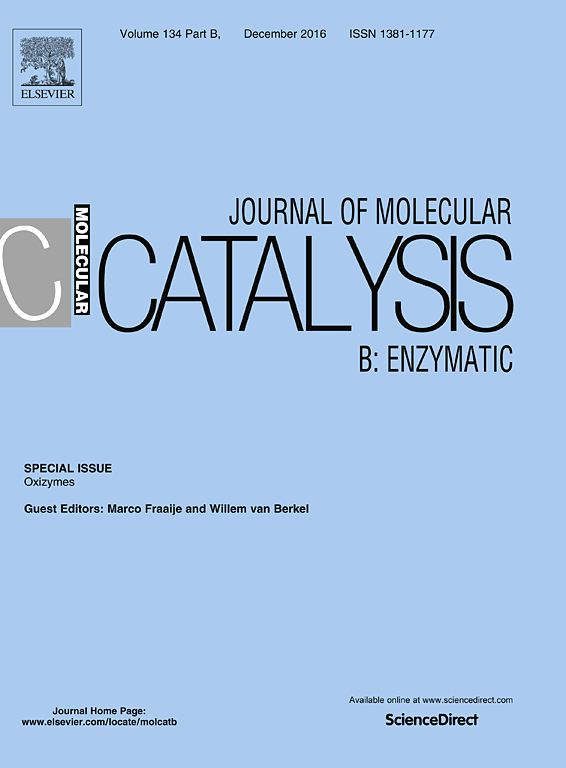p-Hydroxyphenylacetate (HPA) can be derived from the biodegradation of lignin or from man-made compounds. The pathway involved for HPA degradation has been characterized for several species, but little is known on the degradation of HPA in Acinetobacter sp. In this report, the HPA degradation operon in A. baumannii TH was investigated using genome walking and PCR amplification to identify the genes encoded by the operon. The results showed that there are thirteen ORFs that are involved in this process and their arrangement in the operon of A. baumannii TH is different from that in the operons of other previously reported species. ORFs 8-12 show clear variation compared to orthologous genes from other species, particularly at ORF9 which encodes for succinic semialdehyde dehydrogenase (SSADH) that is absent in other species. The ssadh gene was overexpressed and the results confirmed that this enzyme is indeed succinate semialdehyde dehydrogenase. The results suggest that the final metabolites in this pathway are pyruvate and succinate, different from other species which have pyruvate and succinic semialdehyde as final products. Functional studies of the proteins encoded by ORF 8 and 10-12 have confirmed their roles in the HPA degradation pathway as an aldolase, a transporter protein, a hydroxylase and a reductase. Analysis of the sequence similarity network of enzymes encoded by ORFs 8-12 has revealed several interesting features. The designation of enzymes homologous to the oxygenase component of p-hydroxyphenylacetate 3-hydroxylase in the database should be reassigned, as they were mostly incorrectly assigned as acyl-CoA dehydrogenases. An understanding of the enzymatic reactions which convert aromatic compounds into pyruvate and succinate should be highly useful for future metabolic engineering for converting waste-derived aromatic compounds into useful biochemicals.



